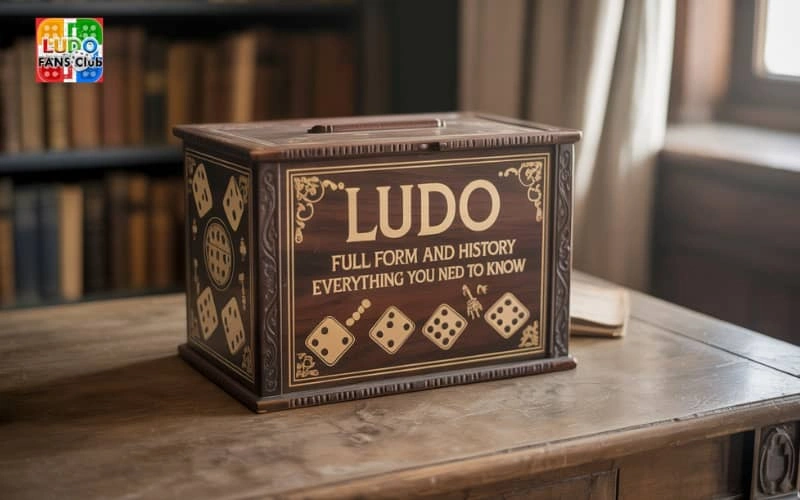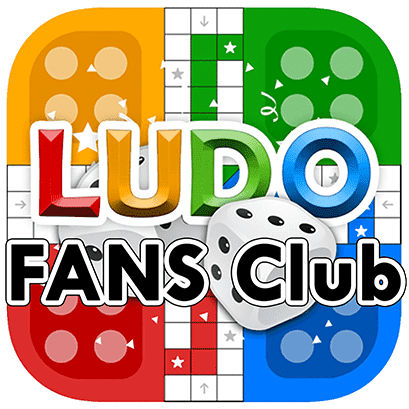Ludo is one of the most popular board games played in India and across the globe. From kids to adults, everyone enjoys the thrill of racing their tokens to the finish line ok google talk to nickelodeon ludo. But while millions play the game, very few know about the ludo full form or its origin. In this article, we will explore the full form of ludo, its fascinating history, and how it became the family favorite game we know today.
What Is the Ludo Full Form
The term “ludo” might seem like an acronym, but surprisingly ludo full form, it is not. The ludo full form is not a set of initials. Instead, “ludo” comes from the Latin word which means “I play.” This is quite fitting for a game that brings fun and competition to every household. The game has roots that date back centuries, and its name was officially adopted when it was introduced to Europe.
Ancient Origins of Ludo
The history of ludo can be traced back to ancient India ludo full form. The original version of ludo was known as “Pachisi,” which was played by Indian royalty. The earliest reference to pachisi is found in the 6th century AD. Historians believe that the game was developed during the time of the Mughal Empire. The famous Indian epic Mahabharata even describes a similar game being played by the Pandavas and Kauravas, further proving its cultural roots.
Pachisi was played on a cross-shaped board using cowrie shells and cloth ludo full form. The game was strategic, with players planning moves to block or kill their opponent’s pieces. It was not only a source of entertainment but also a test of skill and strategy.
Evolution of Ludo from Pachisi
Ludo, as we know it today, is a simplified and modern version of pachisi. In the late 19th century, British colonial officers stationed in India saw the game and decided to adapt it ludo full form for the Western audience. They made several modifications to the rules, simplified the gameplay, and used a square board instead of a cross-shaped cloth.
In 1896, the British game manufacturer John Jaques & Son patented the modified version of the game and called it “Ludo.” The game quickly gained popularity in the UK and later spread across Europe and other continents. The changes made it more accessible to children and casual players, making ludo a household name around the world.

How to Play Ludo
The game is played by two to four players, each with four tokens of the same color. The goal is to move all your tokens from the starting area to the home column before your opponents do ludo full form. Movement is determined by rolling a die. A roll of six allows the player to either move a token out of the starting area or make an additional move.
Players can capture opponent tokens by landing on the same square, which ludo full form sends the captured token back to the starting area. Safe zones on the board provide protection from being captured. The first player to move all four tokens to their home column wins the game.
Modern Versions and Digital Adaptations
With the rise of technology, ludo has found a new life in digital form. Mobile apps and online platforms have introduced ludo to a whole new generation. Games like Ludo King, Ludo Star, and others have millions of downloads and active players daily.
These digital versions retain the original gameplay while adding new features like online multiplayer, voice chat, and various themes. They have made it easier to play with friends and family even from different locations, further strengthening the game’s popularity.
Cultural Significance of Ludo
Ludo is more than just a game. It has deep cultural roots and continues to be a part of family gatherings, festivals, and social interactions. It teaches patience, strategic thinking, and dealing with competition in a fun and friendly manner.
In many Indian households, ludo is played during holidays, monsoon days, or at night with relatives. It brings people together, sparks conversation, and often leads to humorous ludo full form or memorable moments.
Why Ludo Remains Popular
The success and longevity of ludo lie in its simplicity and replay value. The rules are easy to learn, making it ideal for children, yet the strategy involved keeps adults engaged. Whether playing casually or competitively, the game always offers something new.
Its popularity during the COVID-19 pandemic further proved how games like ludo can provide comfort and connection during difficult times. Families reunited over digital games, and nostalgia played a big role in ludo’s resurgence.
Educational Benefits of Playing Ludo
Aside from being a fun activity, ludo has several cognitive and educational benefits. Children learn to count, recognize patterns, and make decisions under pressure. The element of chance also teaches them how to handle unexpected outcomes.
Adults benefit too, as the game involves strategic thinking, prediction, and reading the opponent’s moves. It is a perfect example of learning through play, making ludo a valuable addition to both homes and schools.
Interesting Facts About Ludo
Here are some fascinating facts about ludo that many people do not know:
- The game pachisi was once played on massive boards in royal courts, with servants acting as live tokens.
- The British patent for ludo in 1896 led to several similar games being launched across Europe.
- Some regions refer to ludo by different names, such as “Parcheesi” in the United States and “Mens-erger-je-niet” in the Netherlands.
- Ludo has been used in psychology studies to observe competitive behavior and teamwork in children.
Conclusion
Understanding the ludo full form and its rich history adds a whole new dimension to this classic game. From ancient Indian courts to global digital platforms, ludo has evolved while staying true to its core principles of fun, strategy, and friendly competition. Whether you play it with physical tokens on a board or through an app on your phone, ludo continues to bring joy to people of all ages. The game is a true cultural treasure that has stood the test of time, and now you know the full story behind it.


